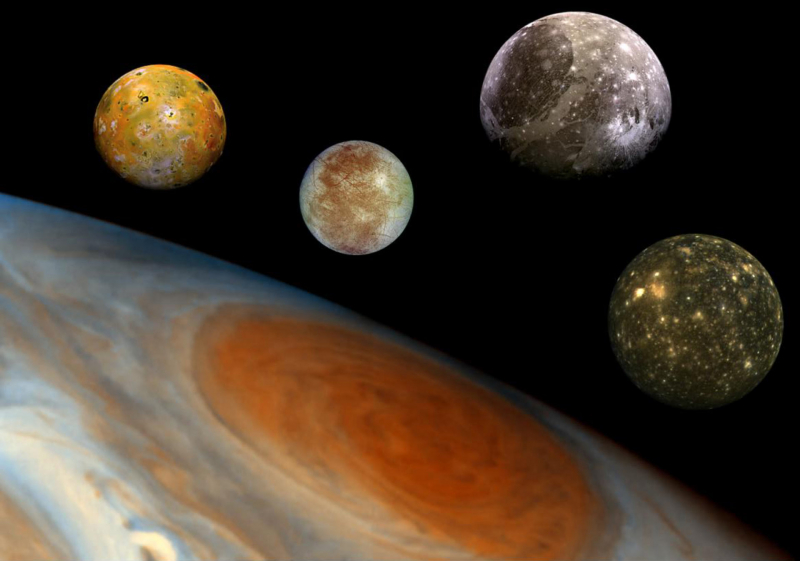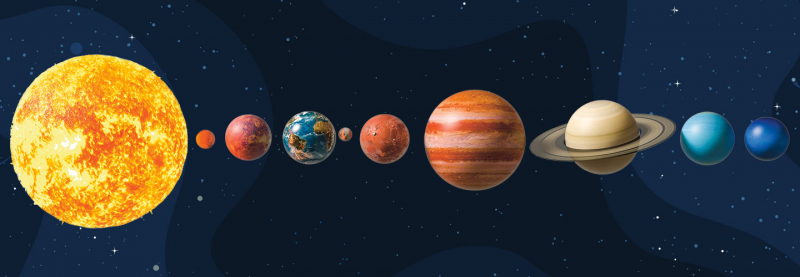Jupiter Is Massive
Although Jupiter is the largest planet in the solar system, how huge is it really? Scientist Alan Boss estimates that the gas giant is around 318 times as large as Earth. Jupiter would still be 2.5 times bigger if the masses of all the other planets in the solar system were united into one "super planet."
According to NASA Science, Jupiter has a mean radius of 43,440.7 miles (69,911 kilometers). That is roughly one hundredth the size of the sun. Acta Astronautica reports that due to its quick rotation, which occurs once every 9.8 hours, it bulges at the equator, where its diameter is 88,846 miles (142,984 km). The diameter at the poles, however, is only 83,082 miles (133,708 km). An oblate spheroid is a name given to this stretched shape.
According to NASA data, it would take over 10 times as long to walk around Jupiter's equator as it would go around the Earth. The distance would be 272,946 miles (439,264 km).
But it has an intriguing feature. Jupiter would actually become smaller if it gained any additional mass. The planet would become denser with more mass, which would force it to begin drawing inward. Jupiter might eventually have four times as much mass as it does now and still be around the same size, according to astronomers.












